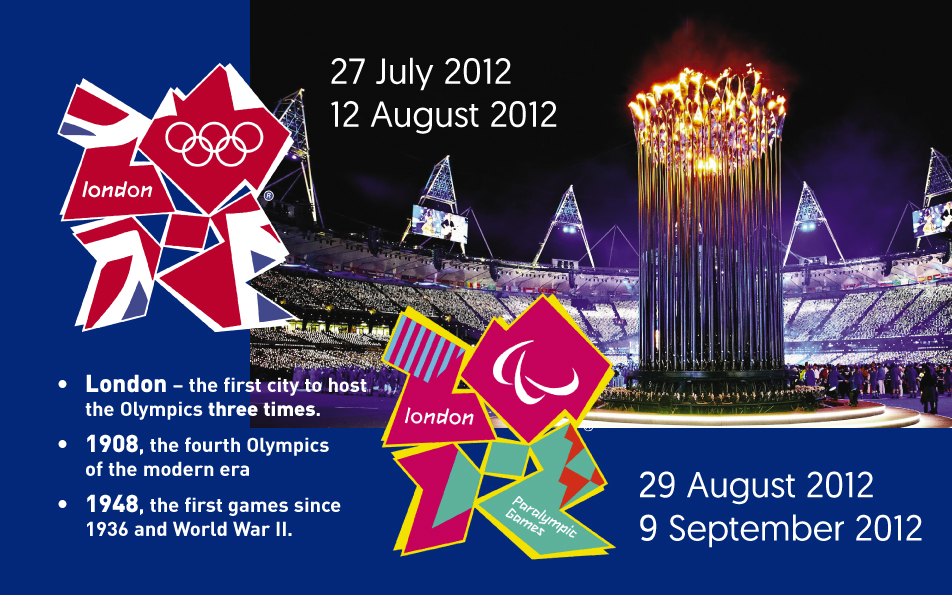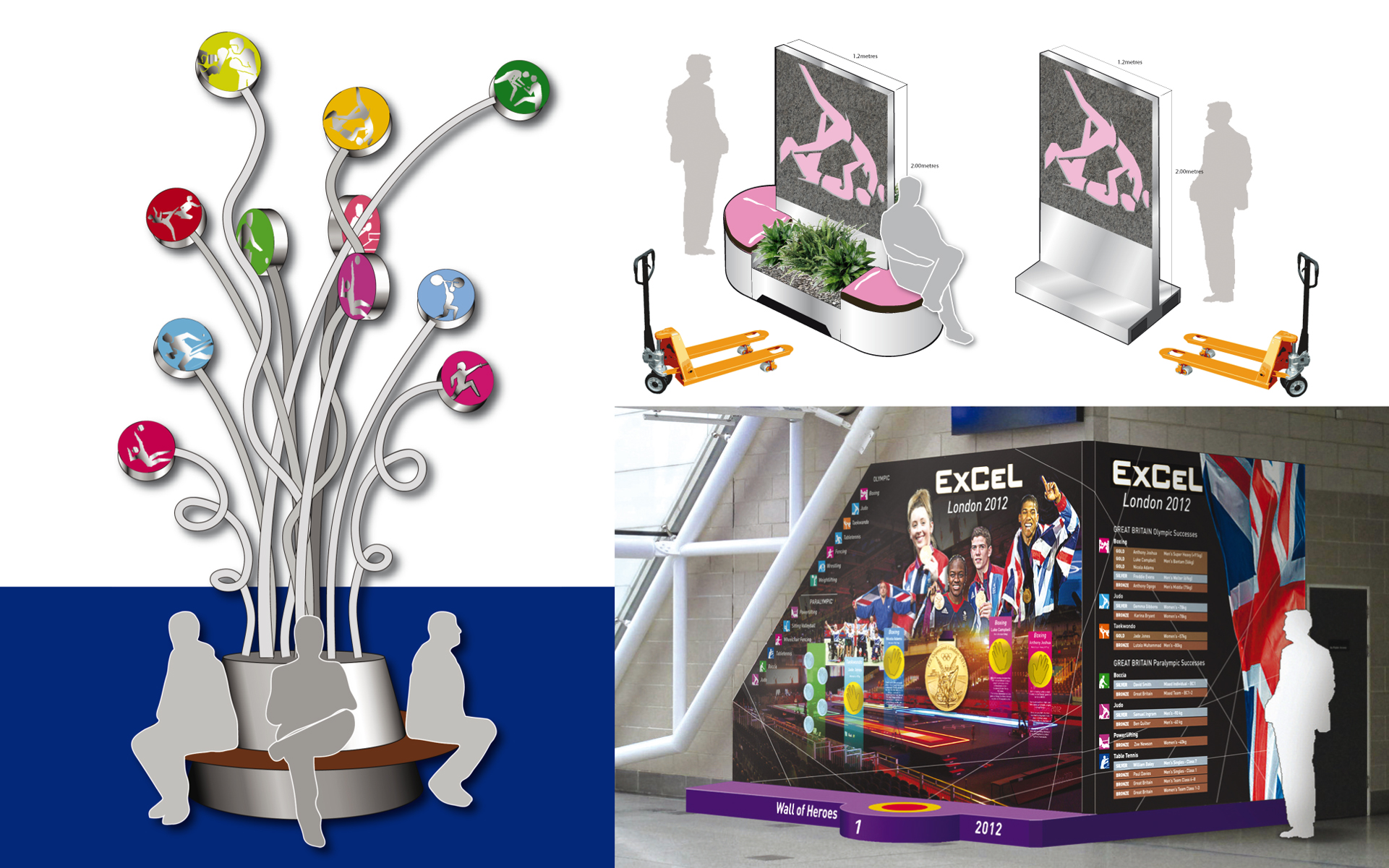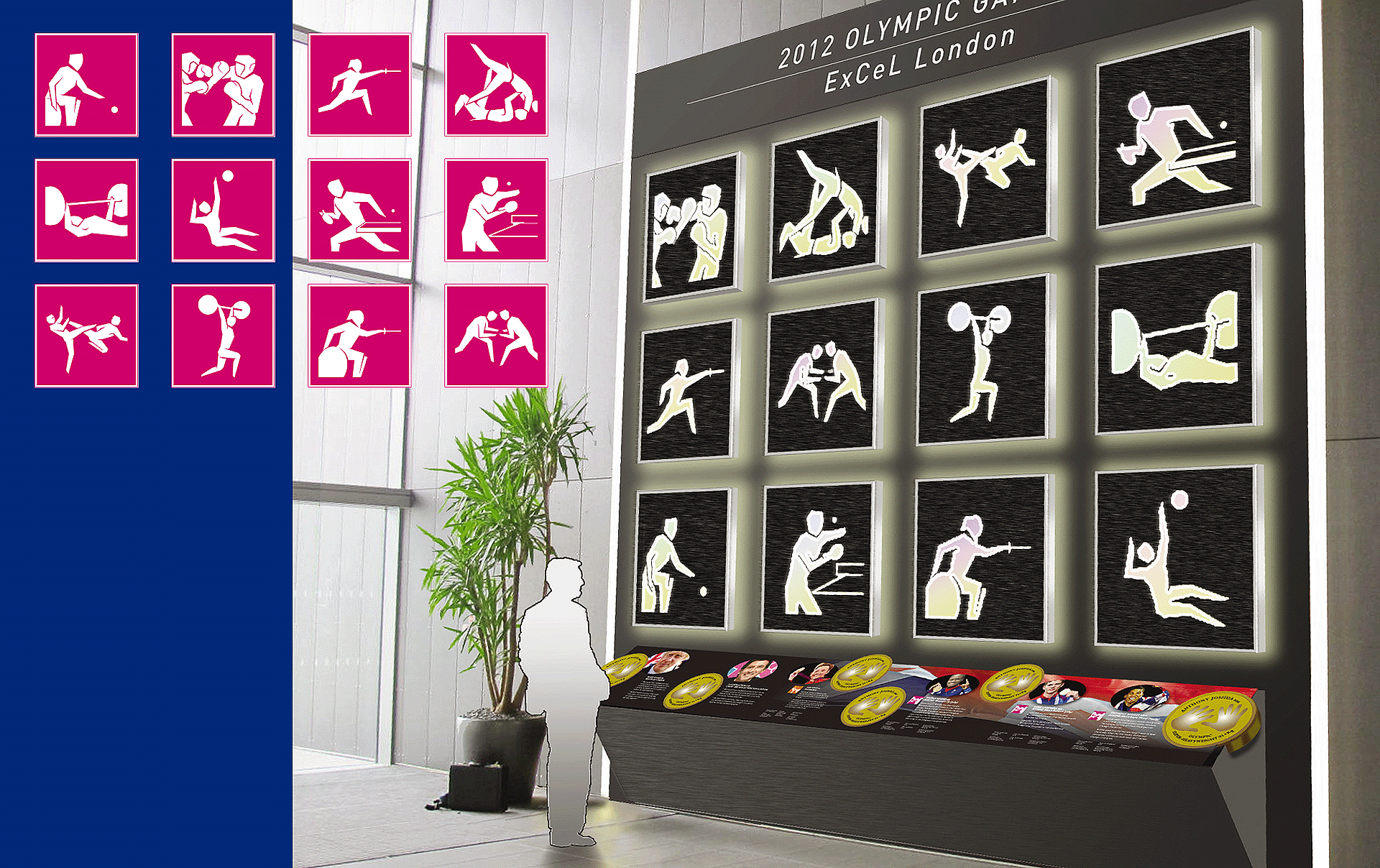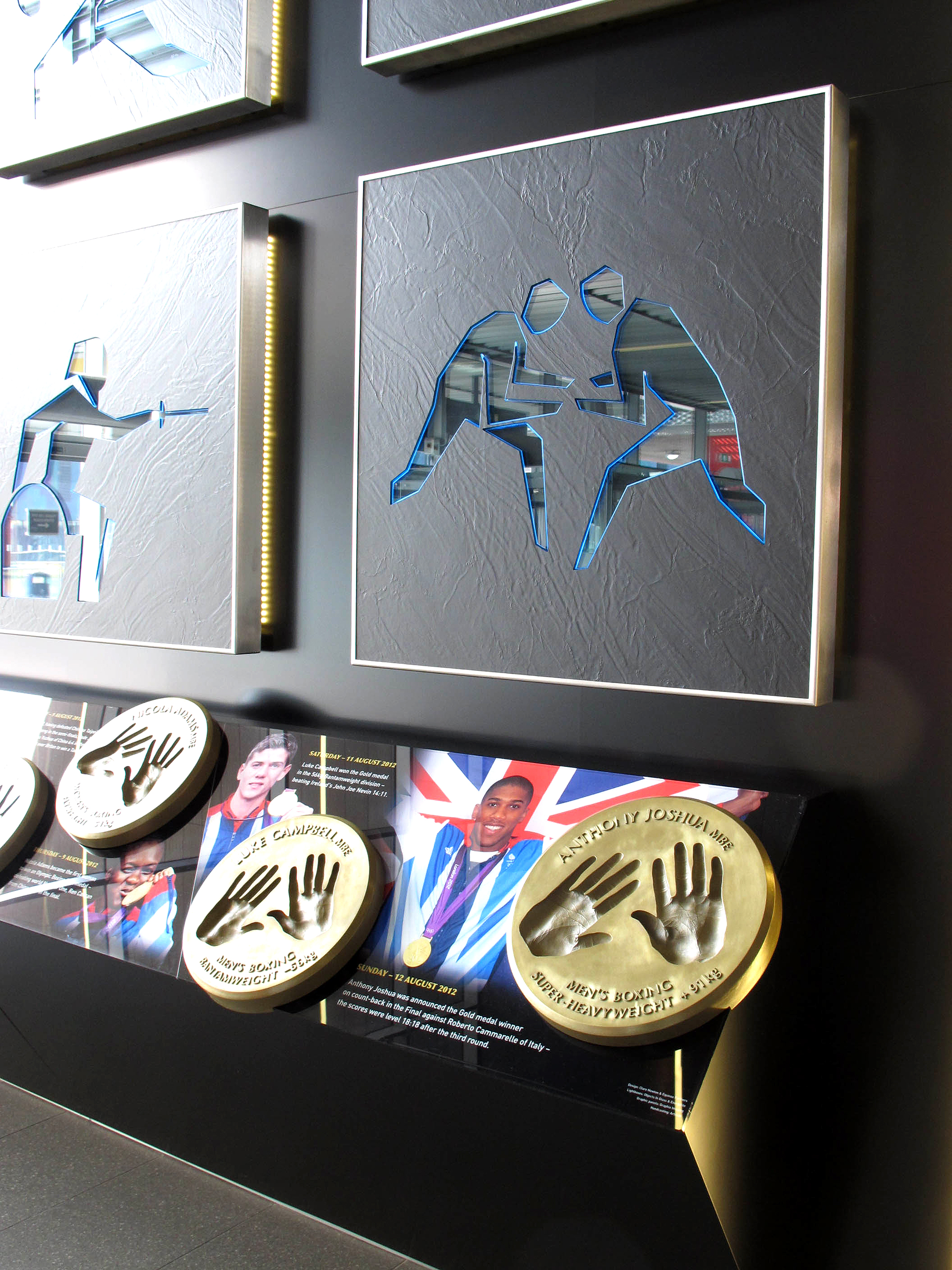Star British Audio name is now Austrian
On 13 May 2018, Austrian manufacturer Pro-Ject Audio Tuning purchased British electronics manufacturer Musical Fidelity from its founder, Antony Michaelson. https://theaudiophileman.com/project-musical-fidelity-buy-news/

Equinox Partners are proud to have been involved with the creation of number of visual concepts for the company’s product range over many years. Some have borne fruit and some, it has to be admitted, have been a bit ‘left field’..
I will too, at some stage do a rogues’ gallery of Michaelson Audio products for those that know https://bit.ly/2yOOqmb!
Meanwhile, here’s the history lesson.
Musical Fidelity was a UK boutique Audio brand started by Antony (sic), a musician, clarinetist and music lover, more than 35 years ago. He remembers the early years as particularly tough and was often told the audio industry didn’t need another amplifier brand. Advice that he says he was glad he ignored.
MF’s first product was a sweet sounding preamplifier launched in 1982. It was called simply, The Preamp. It sold well on Tottenham Court Road, then the HiFi capital of the UK and more was demanded.
Originally launched in 1984, the extraordinary A1 integrated amplifier was a somewhat controversial product from Musical Fidelity. The electronic design was by the remarkable Tim de Paravincini with the casework designed by Sir Kenneth Grange’s team at Pentagram. Shortly after its introduction, however, Roberts Weaver Design Consultants were approached by Antony to redesign the assembly process, extending the production of the A1 until the early 90s.
With it’s distinctive ‘griddle’ top cover used as a heat sink, the Pure Class A nature of the amplifier caused it to run typically at 55-65°C – controversially too hot to touch for more than a few seconds.
Today, it is considered a design and hi-fi classic – and one that has been recently reintroduced https://www.musicalfidelity.com/products/a1/a1-2

Failing that, look up Wilton Music Mall in Hackney, London http://www.wiltonmusicmall.com/
http://www.wiltonmusicmall.com/products/163
Michael Taylor, while at Roberts Weaver, became acquainted with the redesigning of the A1 to make it more easy to manufacture – and further products were undertaken, notably the larger A100 and then the more powerful A200.
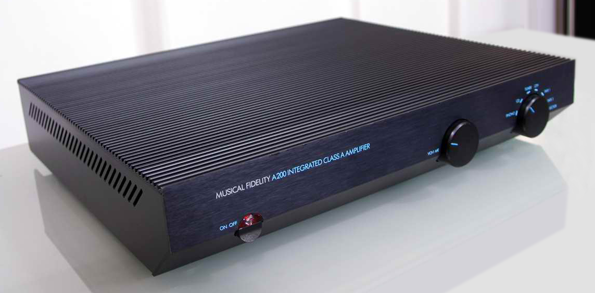
Meanwhile, Antony had also launched a range of spectacular heavy duty Power Amplifiers, the A370 and the A470. Big on both weight and power output they were designed by Taylor with a junior designer at Roberts Weaver at the time, a young Jonathan Ive, who later went on to become such a world-class success as Apple Computer’s Designer in Chief.
The ‘industrial chic’ visual of a 19″ rack mounted piece of equipment was demanded by dealers and customers alike – and it was many years before the ‘handles’ attached to the front panels of such amplifiers were toned down and disappeared all together.
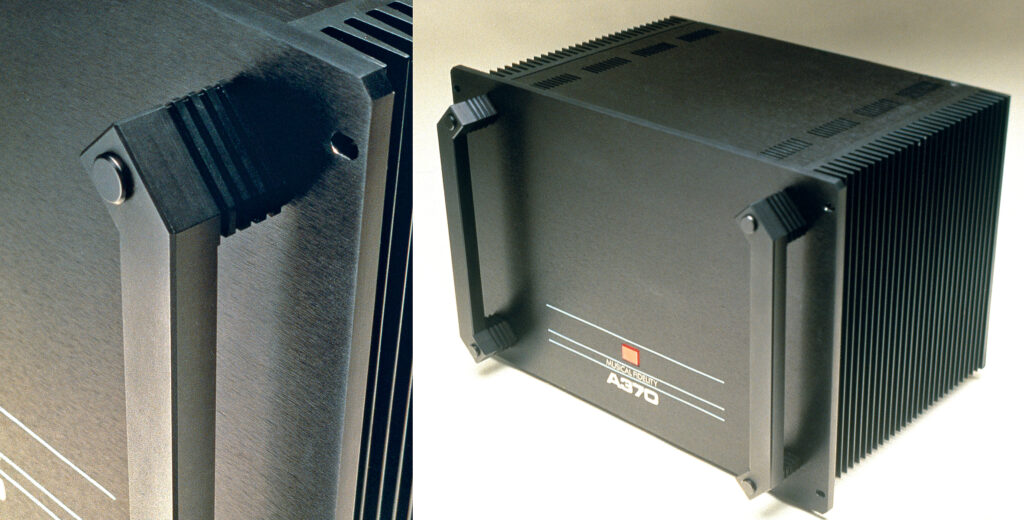
By 1990, the relatively high cost of production of the A1 and its hot-running issues meant that another budget amplifier had to be created. The B1 Integrated Amplifier was developed electronically with Richard Ansell – at that time with Circolec and later to become Musical Fidelity Technical Director – and Taylor, who had by this time set up Equinox Partners.
With a budget for the case work of £7, Taylor wanted to create a simple linear design. The extravagant machining required for the A1 was out of the question, so it was down to a bespoke aluminium extruded front panel with the smallest profile, non-handed plastic end caps and metal control knobs. Plain sheet metalwork completed the ensemble.
Retailing at £229 (1990) https://bit.ly/2JoDH2q the B1 was highly successful and highly competitive, establishing Musical Fidelity’s credibility as a significant UK manufacturer. Indeed, the B1 is still compared to amps in the €1000-€1500 bracket. https://bit.ly/2JoDH2q

The casework for the B1 sired a host of other products within the Musical Fidelity range at the time, including the valve-driven Tubalog digital to analogue converter (DAC) – the first valve-driven DAC – and the Typhoon range of Pre and Power amps.
Valves have a particular type of sound that is adored by hi-fi aficionados. They are the transistors and other solid state devices for amplification in earlier days. No longer similar to glowing lightbulbs, Nuvistor (https://en.wikipedia.org/wiki/Nuvistor) valve semiconductors are now encased in small aluminium capsules, but replicate the ‘warm’ sound produced in earlier times.
By 1995, Antony Michaelson had the prescience to obtain a sole supply of these delightful components and start providing them in a range of compact products that provided an exceptional sound experience, lauded by critics such as Ken Kessler https://bit.ly/2M3KVuo
The brief for a new range of products was – ‘piglets’. Simply made, the casework was formed from extruded aluminium, excellent for dissipating heat, and with simple machined front and back panels, the enclosures were simple to make and assemble. The X-series of hi-fi separates was born, consisting of a range of pre- and power amplifiers and later a CD player, the X-Ray, and a Tuner.
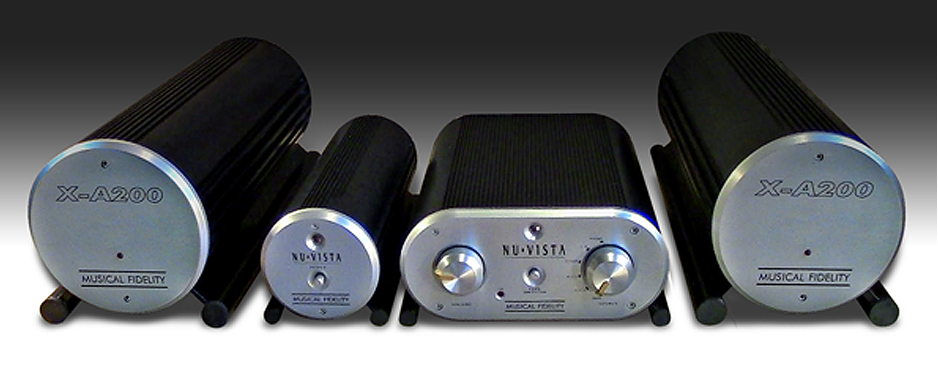
With the aid of spacers, the individual items were stackable and retro hi-fi enthusiasts are still buying up second-hand items at a premium.
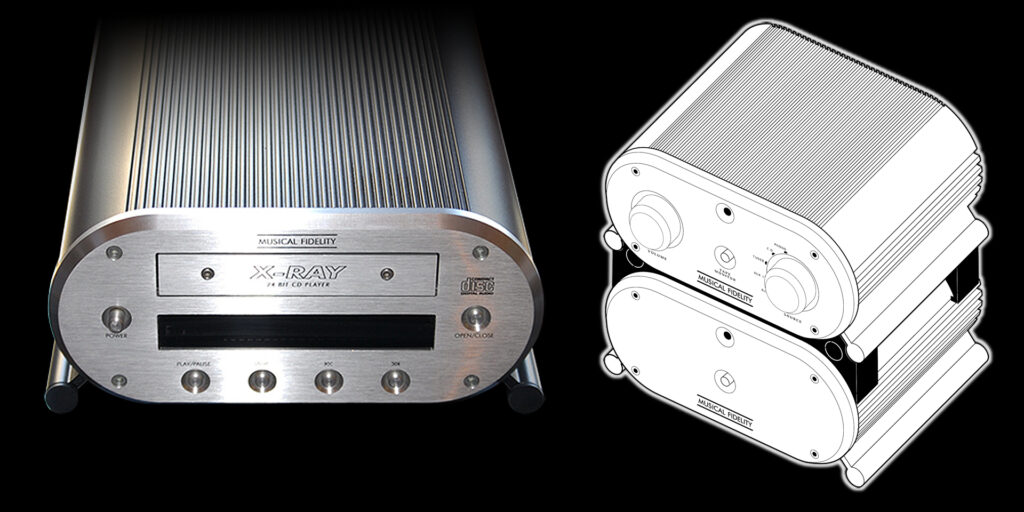
As a follow-on from the brutal A370 and A470s in 1993, Taylor at Equinox Partners produced sketches and designs for the radical new F22/F15 pre- and power amplifiers.
Featuring interlocking curved aluminium extruded profiles (note the vestiges of the earlier rack handles) and bespoke heatsinks, the range of hybrid Class A / Valve amplifiers’ clean visuals caused a real shock within the hi-fi audience. “…About as elegant as any hardware I can name…they break new ground…” said one reviewer at the time.
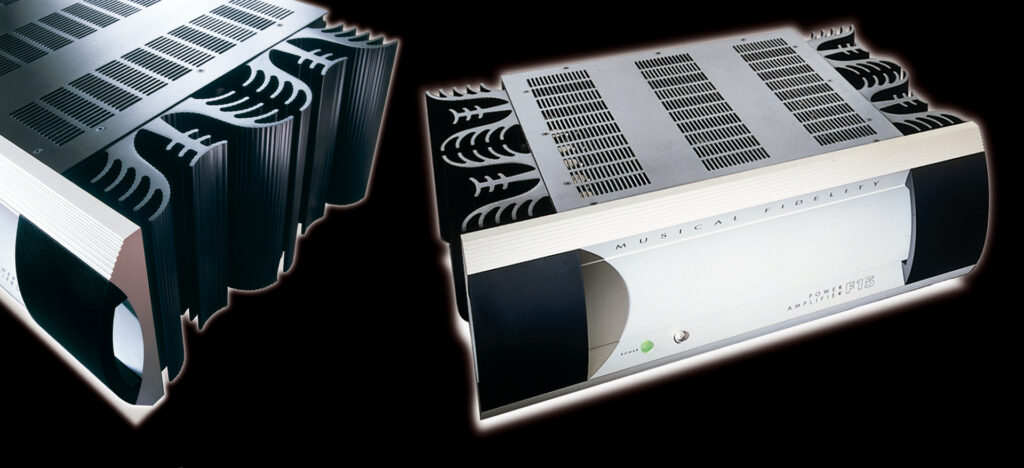
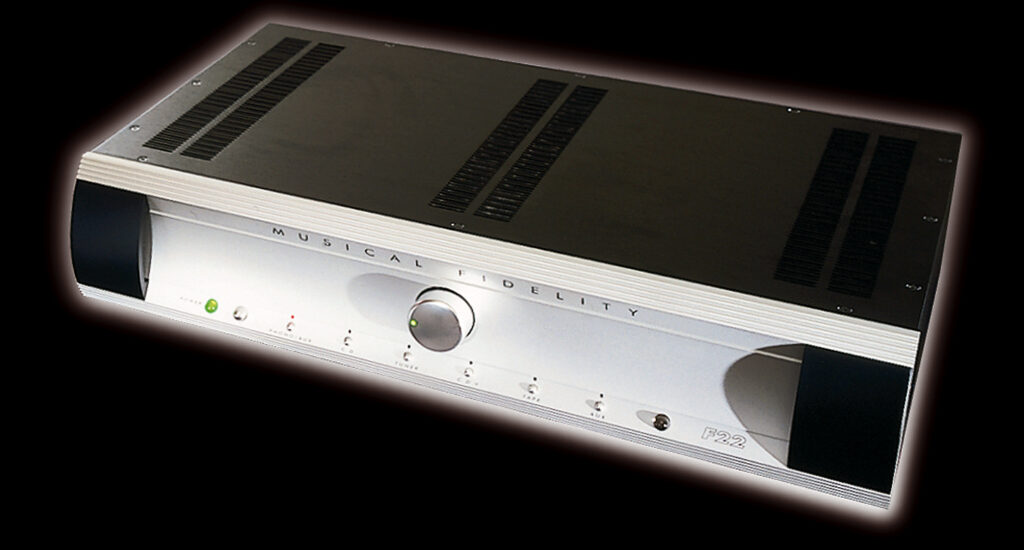
But to the testosterone-fuelled market, the F-Series was deemed too ‘pretty’ and ‘feminine’ in appearance.
The feed-back from Antony Michaelson was the need for a more brutal, macho range of amps and CD players, so by 2005 the new A5 range heralded a more angular and chunky aesthetic.
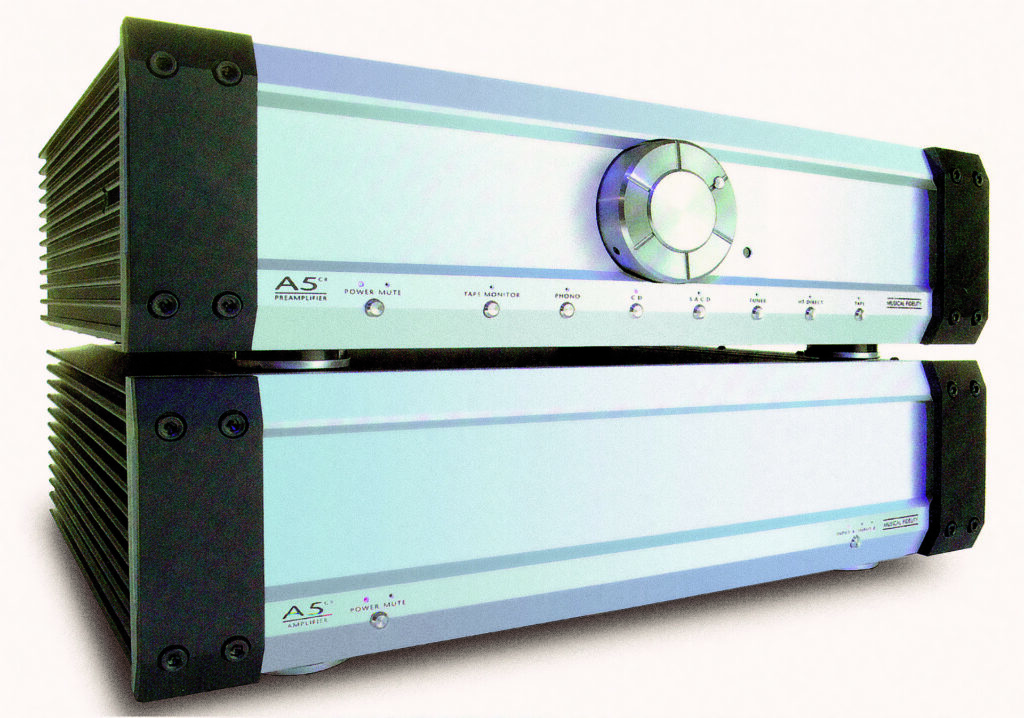
Still featuring heavy aluminium front panels, initially the ‘handles’ that had featured on the products for so long were done away with, to be replaced by ribbed castings and chamfered off corners for the larger kW range of amps and CD players.
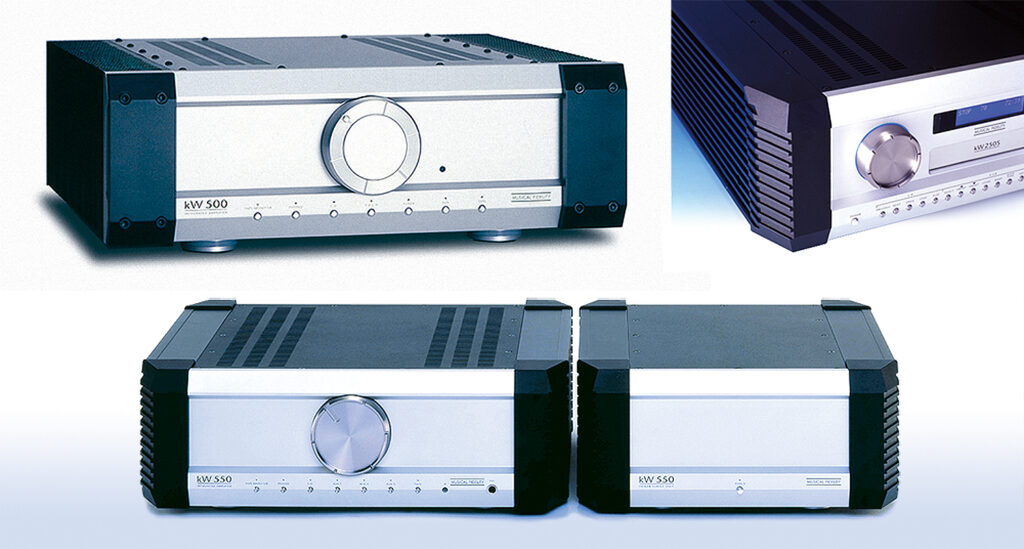
Then in 2009, two significant developments occurred with Musical Fidelity’s product line up.
The PRIMO ‘Reference-standard’ pre-amplifier was the herald for a new visual plan. The plain, extruded aluminium front panel with a bleed-in stainless steel etched badge and index for the central volume control created a new, simpler design for the mainstream amplifier range.
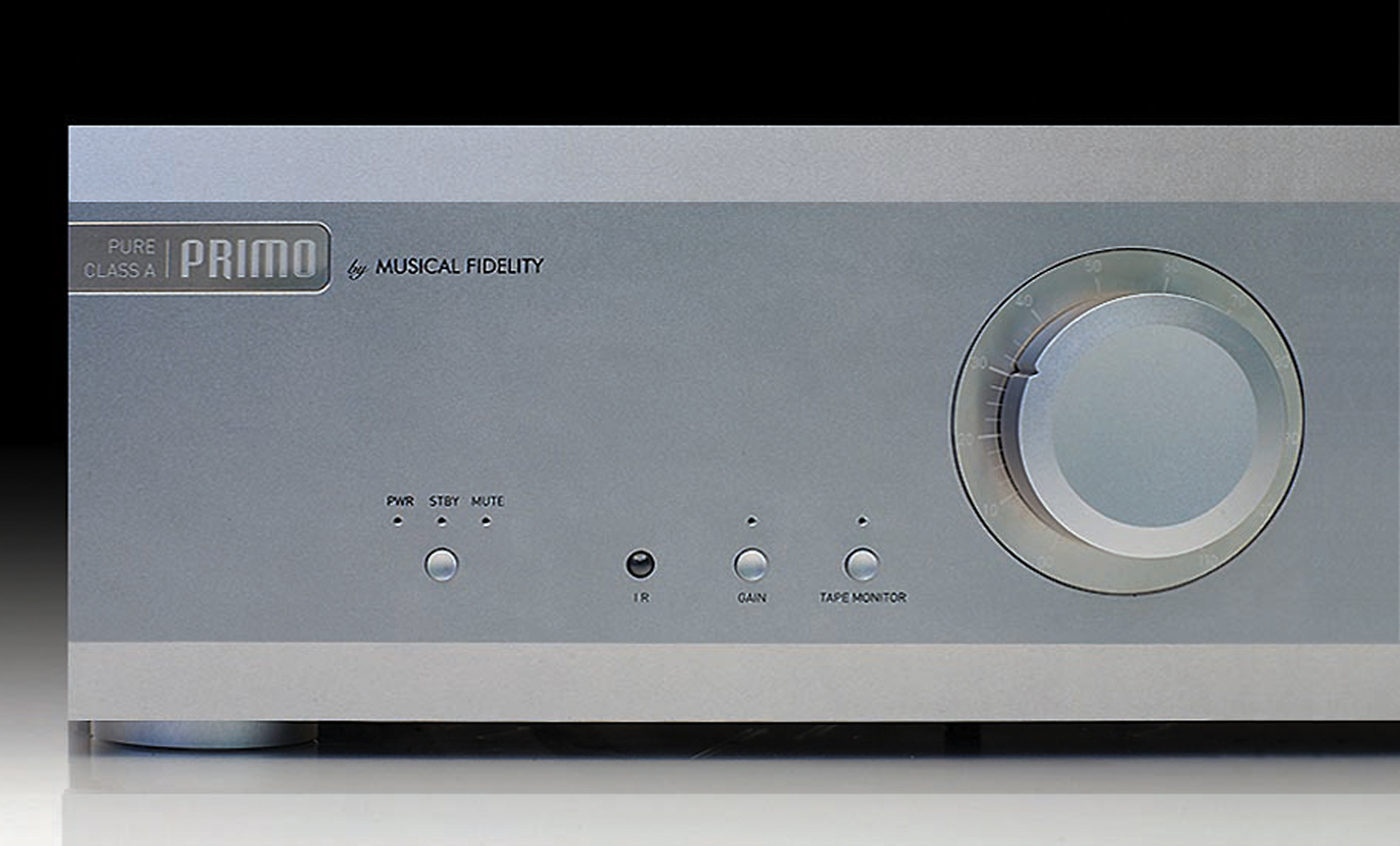
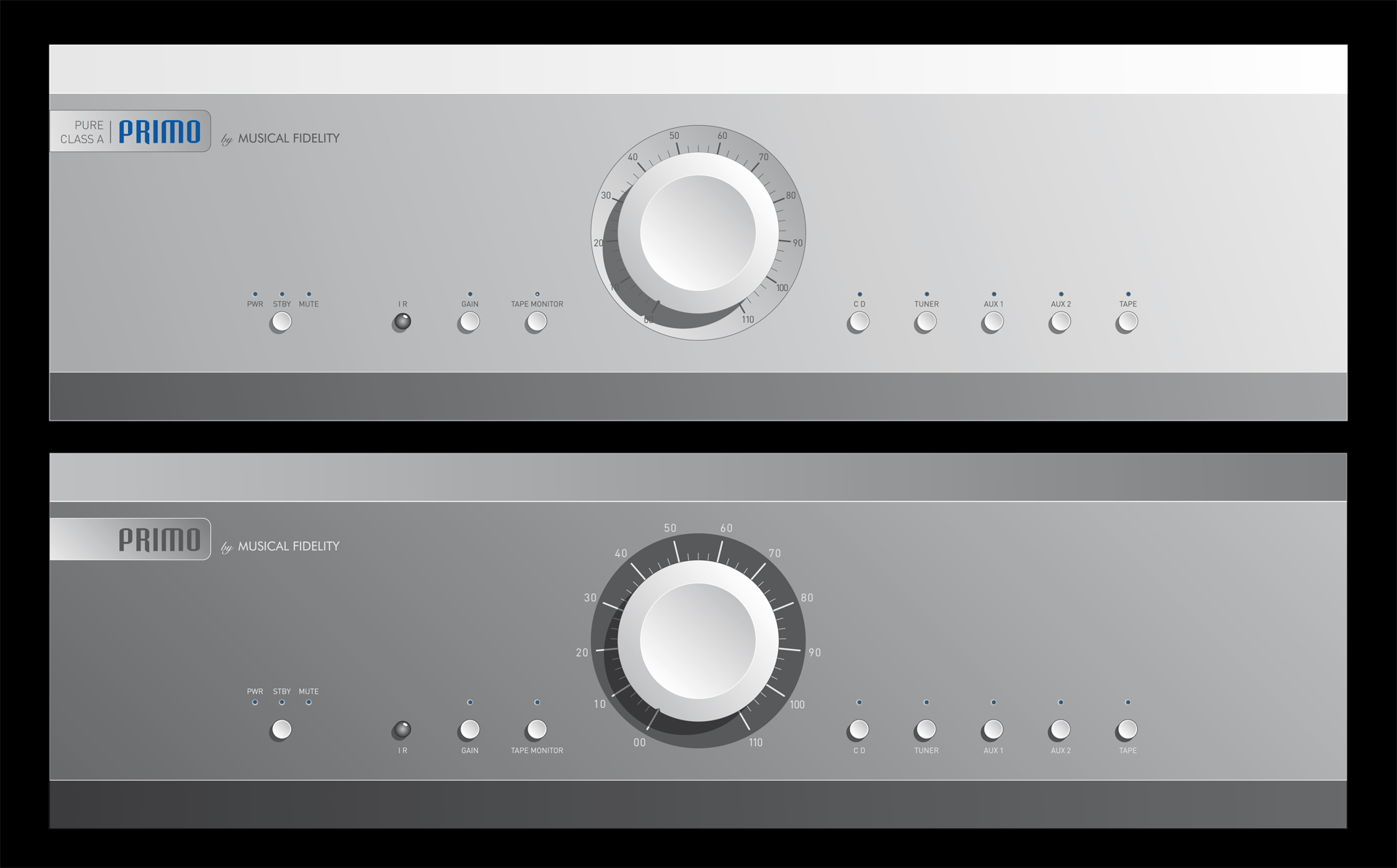
With the PRIMO as the Pre-amplifier, meet the mighty TITAN: 1kW per channel dual monobloc Power Amplifier with an external power supply. Hi-Fi News was “Smitten… ‘The Titan’ is the best power amplifier I’ve used. Never have we heard a traditional amp which does everything quite so well.”
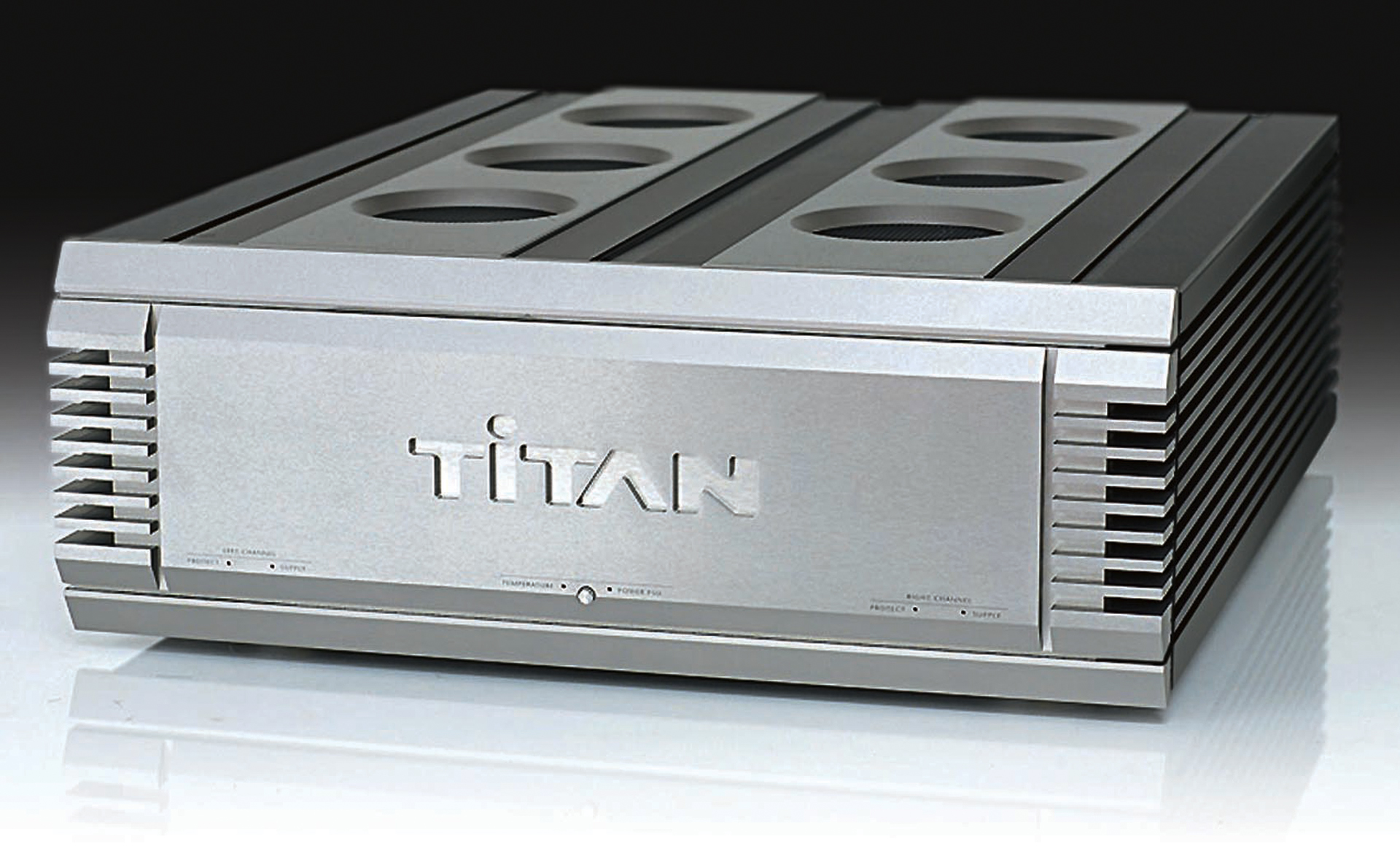
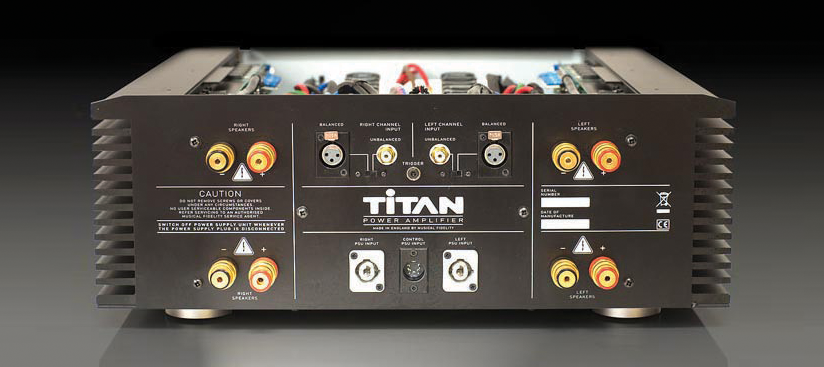
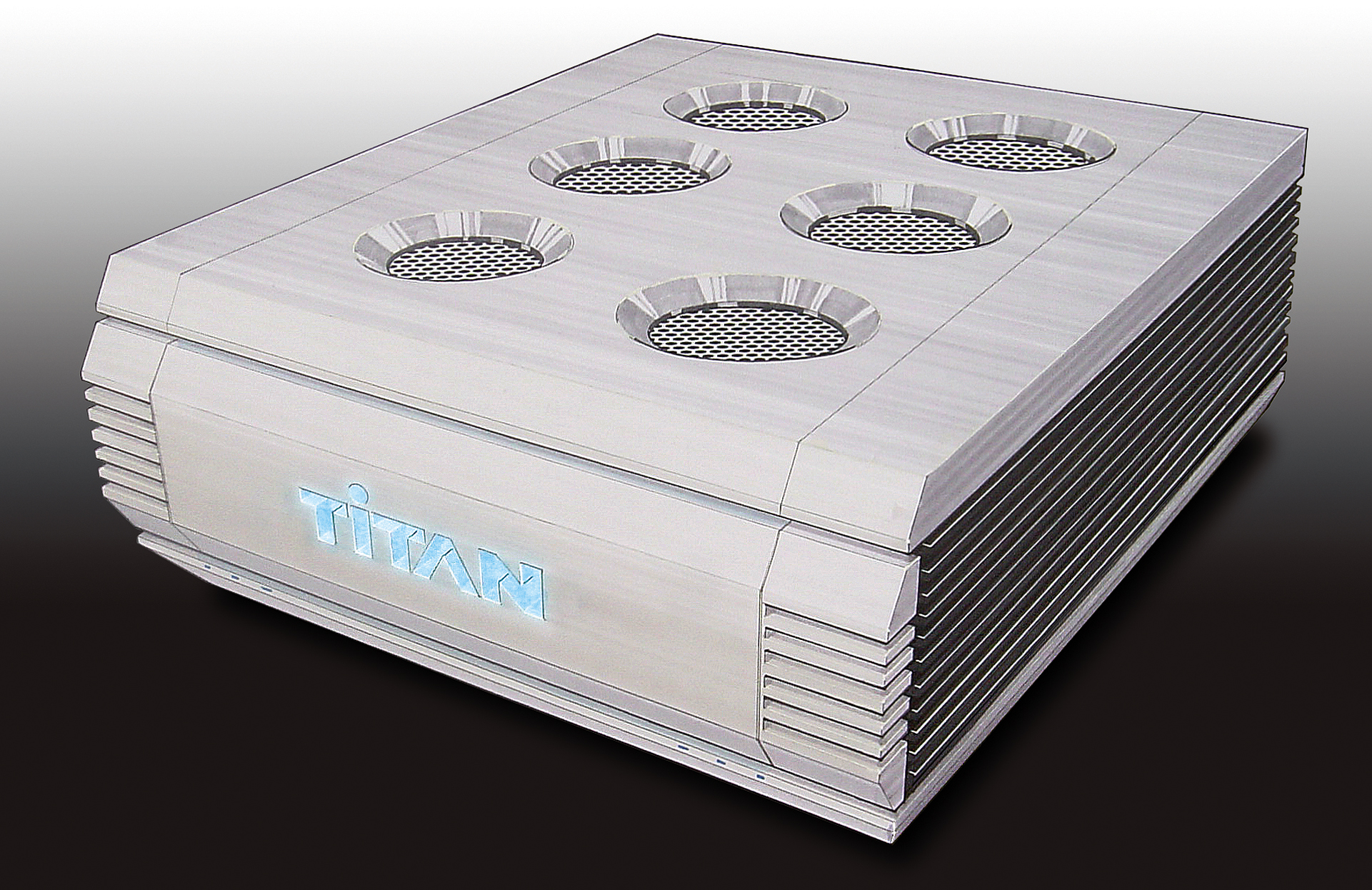
With these exciting visuals from Equinox Partners, Musical Fidelity will endure under the direction of Pro-Ject and Heinz Lichtenegger in Austria – with the support of former MF staffer, Simon Quarry.
However, bear a thought for the talented team who worked in North West London for so long, creating these outstanding products. It has been great working with you over the last 32 years!

For more information go to www.musicalfidelity.com
I am always happy to talk about Musical Fidelity, product design or indeed and aspect of the design industry.
Contact me through Linked-In and view my Linked-In posts:
•https://www.linkedin.com/pulse/look-me-im-designer-michael-taylor/
•https://www.linkedin.com/pulse/value-remains-long-after-price-forgotten-michael-taylor/
•https://www.linkedin.com/pulse/use-your-eyes-plagiarise-michael-taylor/
Michael Taylor – Equinox Partners
WhatsApp Voice FREE on +44 7799 1066 33
Email : mgt@equinoxpartners.co.uk
150 Middleton Road
London Fields, London E8 4LP
Landline : 020 7254 4555
